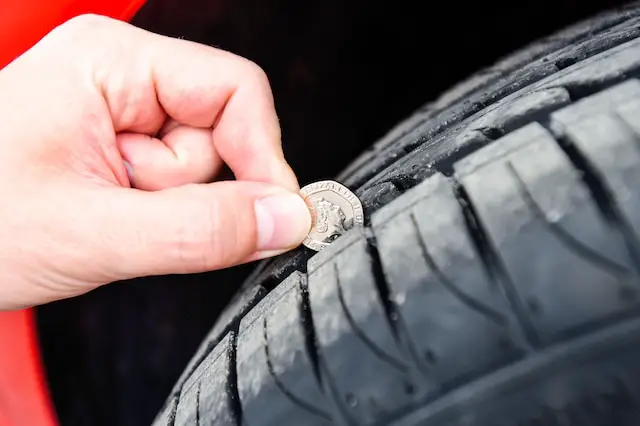Proper tire care and maintenance are vital for safe and efficient driving. Your vehicle’s tires are the only point of contact between your car and the road making them critical for traction handling and overall vehicle performance. In this article we highlight the importance of tire care and maintenance providing essential tips to help you ensure safe driving.
1. Regular Tire Inspections
Regular tire inspections are key to identifying any potential issues or damage. Check for signs of uneven tread wear bulges cracks or punctures. Inspect the tire sidewalls for any abnormalities. If you notice any significant damage or wear it’s advisable to have your tires inspected by a professional.
2. Tire Pressure Monitoring
Maintaining proper tire pressure is crucial for optimal performance and safety. Check your tire pressure regularly using a reliable tire pressure gauge. Refer to your vehicle’s owner’s manual or the sticker located on the driver’s side door jamb for the recommended tire pressure. Underinflated or overinflated tires can affect handling fuel efficiency and tire wear.
3. Tread Depth
Tire tread depth plays a crucial role in maintaining traction on the road especially in wet or slippery conditions. Use a tread depth gauge or the “penny test” to check your tire tread depth. Insert a penny into the tread grooves with Lincoln’s head facing down. If you can see the top of Lincoln’s head it’s a sign that your tire treads are worn and it’s time to replace them.
4. Wheel Alignment and Balancing
Proper wheel alignment and balancing ensure even tire wear improve handling and enhance fuel efficiency. Over time your wheels can become misaligned or unbalanced due to various factors such as potholes or normal wear. Regular wheel alignments and balancing help maintain the integrity of your tires and promote a smoother more comfortable ride.
5. Tire Rotation
Tire rotation involves moving tires from one position to another on your vehicle. This practice helps promote even tire wear extending the lifespan of your tires. Follow the recommended tire rotation pattern provided by your vehicle’s manufacturer. Typically it is recommended to rotate your tires every 5000 to 8000 miles or as specified in your owner’s manual.
6. Seasonal Considerations
Different seasons may require specific tire considerations. For example winter tires with proper snow traction can provide enhanced grip in icy or snowy conditions. All-season tires are suitable for moderate climates and offer a balance between summer and winter performance. Consider the climate and road conditions in your area when selecting tires for your vehicle.
7. Tire Repair and Replacement
If you notice any signs of significant damage such as sidewall bulges deep cuts or tire punctures it’s important to address them promptly. Minor punctures can often be repaired by a professional but larger or more severe damage may require tire replacement. Regularly monitor your tires and consult a qualified tire technician for advice on repair or replacement options.
By following these tire care and maintenance tips you can ensure safer driving conditions prolong the life of your tires and optimize the performance of your vehicle. Remember to always consult your vehicle’s owner’s manual for specific tire maintenance recommendations and seek professional assistance when needed.

Hi, I’m Jodie! I’m a spain-Moroccan writer with a passion for imagination, adventures, magic and stories with heart.
Please don’t hesitate to contact me for any questions, suggestions, comments or feedback.

















Add comment